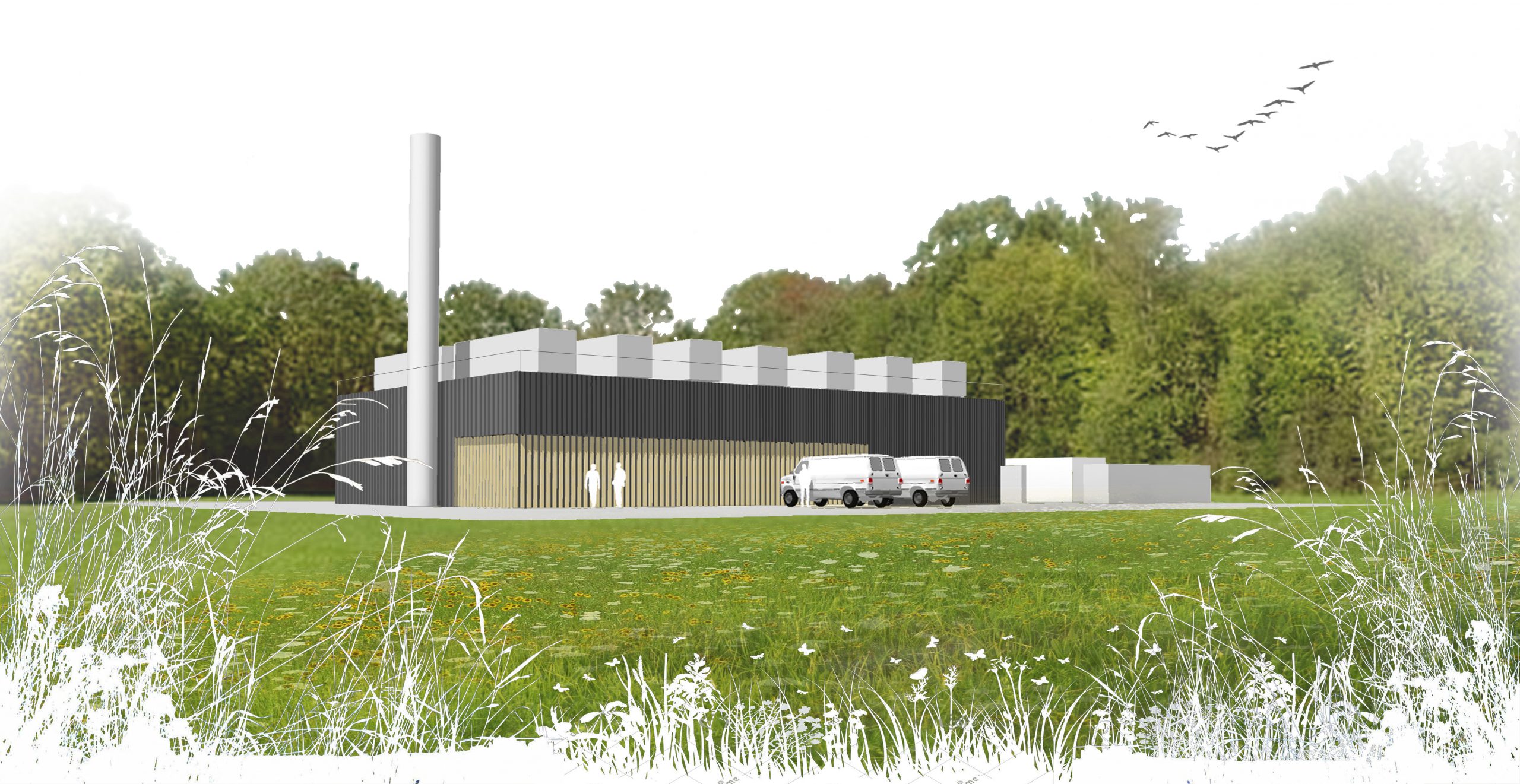The University of Edinburgh has invested £11 million in a scheme to enable a separate set of buildings on the University campus to produce their own low-carbon energy.
The new scheme is estimated to reduce emissions by an additional 2,000 tonnes annually and is due for completion in Spring 2017.
The University currently possesses four CHP energy centres; the fifth instalment is planned for the University’s Easter Bush campus. This will provide electricity for the Roslin Institute and the Royal (Dick) School of Veterinary Studies.
The energy scheme will utilise Combined Heat and Power (CHP) technology, which functions by capturing heat that is normally lost during the generation of power and using it to heat and cool buildings.
The first power station was originally proposed in 2000 by a final year Mechanical Engineering student, Andrea Connelly, and this was followed by the opening of a second CHP station in 2006. Since then, the expansion of CHP technology by the University has saved an estimated 8,5000 tonnes of carbon dioxide emissions as well as over £1.5 million annually.
Dave Gorman, University of Edinburgh’s Director of Social Responsibility and Sustainability, has praised the University’s continued investments to transition towards more sustainable energy systems. In a recent statement released to The Student, he described the latest installation as “another important milestone towards low-carbon, cost-effective energy for the University.”
Speaking to The Student, Priyasha Madhavan, newly elected President of the Sustainable Development Society (SDS), also agreed this new investment will have a positive impact for the University but claimed there was still room for improvement.
“The CHP systems would be implemented in departments that require and use a significant amount of energy, but I think it’s also important to consider individual practices and how they contribute to energy usage across the university. Although structural change is required and implementing new technology is a great step in the right direction, there are other things we need to consider on our personal energy usage,” she said.
Madhavan also stated that she was pleased to see how much the University’s student body has learned to understand the need for sustainable energy.
“I can’t speak on behalf of the whole student body but Edinburgh’s student population seems very aware of sustainable energy and sustainable development issues. I think student societies like People and Planet and the International Development Society have been especially key in bringing awareness to a wide range of issues,” she told The Student.
Besides the scheme, the University is in the process of finalising a review of its climate strategy for the next ten years, where low carbon energy will play a vital role alongside the development of newer, more sustainable buildings, according to University officials.
Gorman continued in his statement, saying that: “the new strategy will also seek to use all of the levers we have as a university to reduce carbon: our teaching and research, investments and procurement, and harnessing the energy and commitment of our staff and students to reduce use or energy and resources.”
Since May 2015, the University has divested about £2.5 million in direct financial support of fossil fuel companies, replacing these investments with more sustainable low-carbon energy solutions.
The University has already invested about £20 million in an attempt to meet the majority of its campuses’ electricity demands through low-carbon energy. The move has reduced carbon emissions by 10,000 tonnes annually, making the university one of the UK’s biggest CHP producers, according to a statement from the University.
Despite the effort, individuals like Madhavan hope the University will look at investments that are not only environmentally but socially responsible as well. “I think more also needs to be done to create an academic community where we can learn collaboratively from each other,” Madhavan told The Student.
Image credit: University of Edinburgh Press Office

